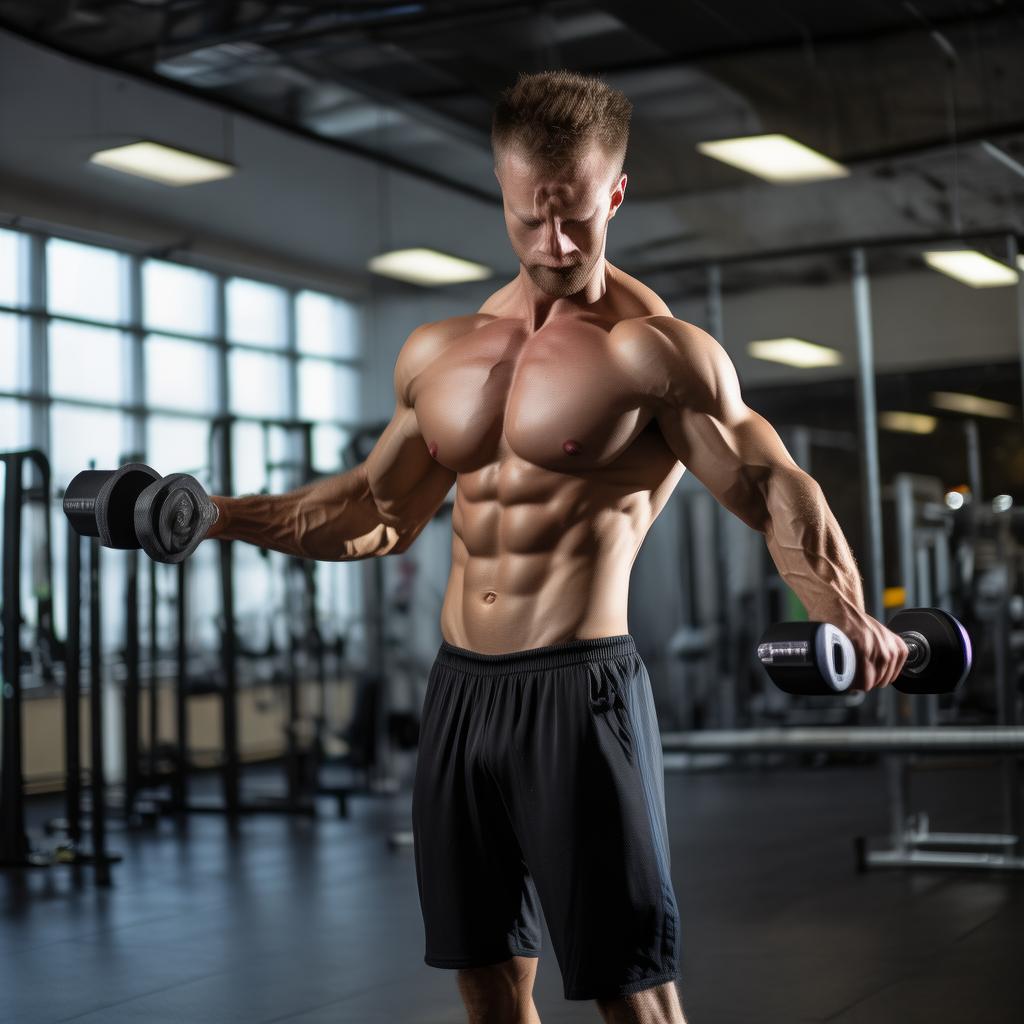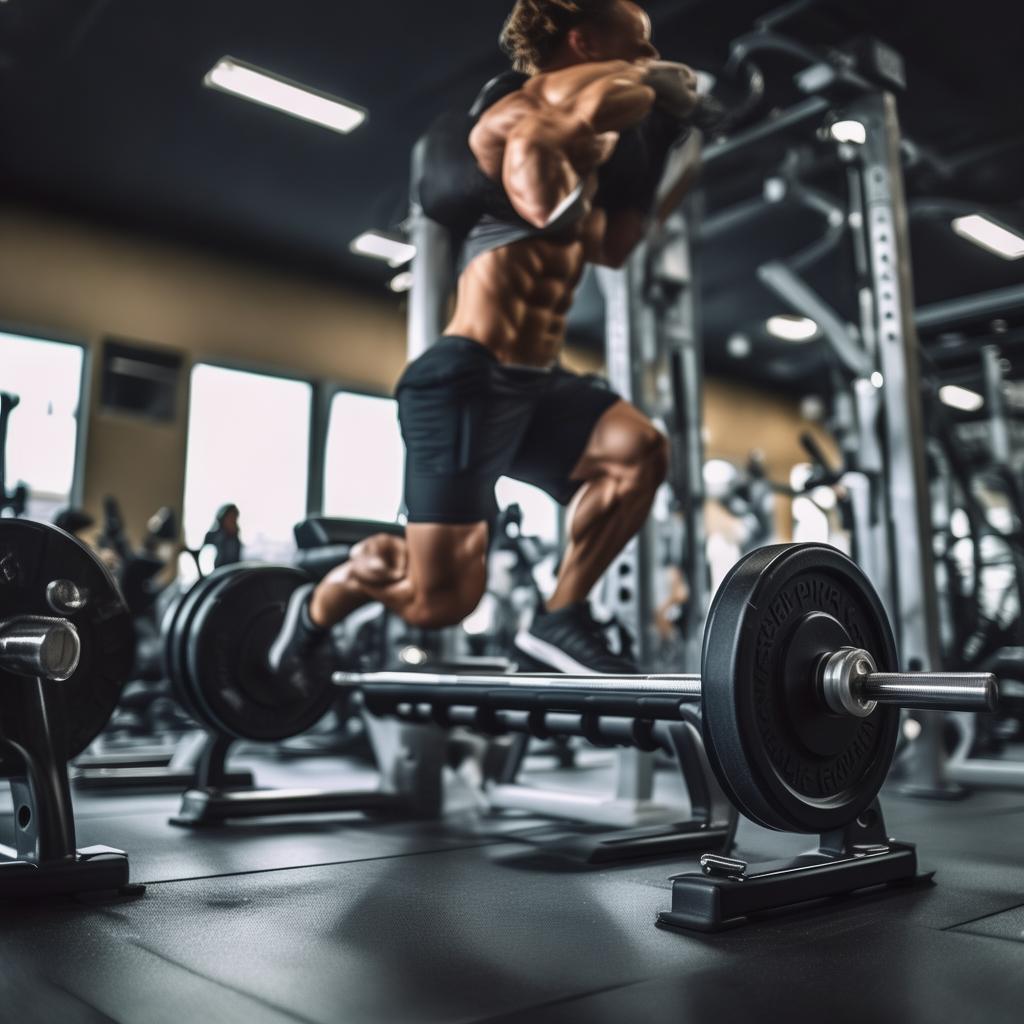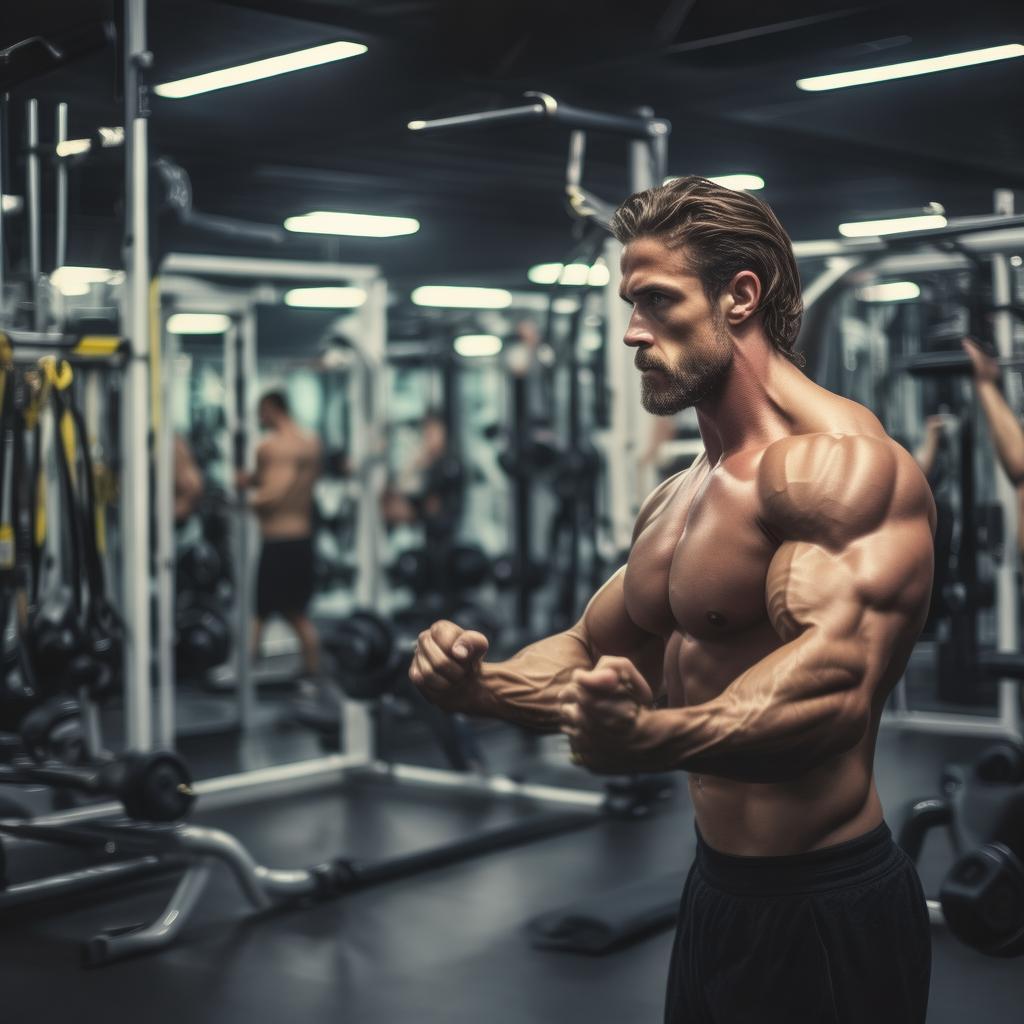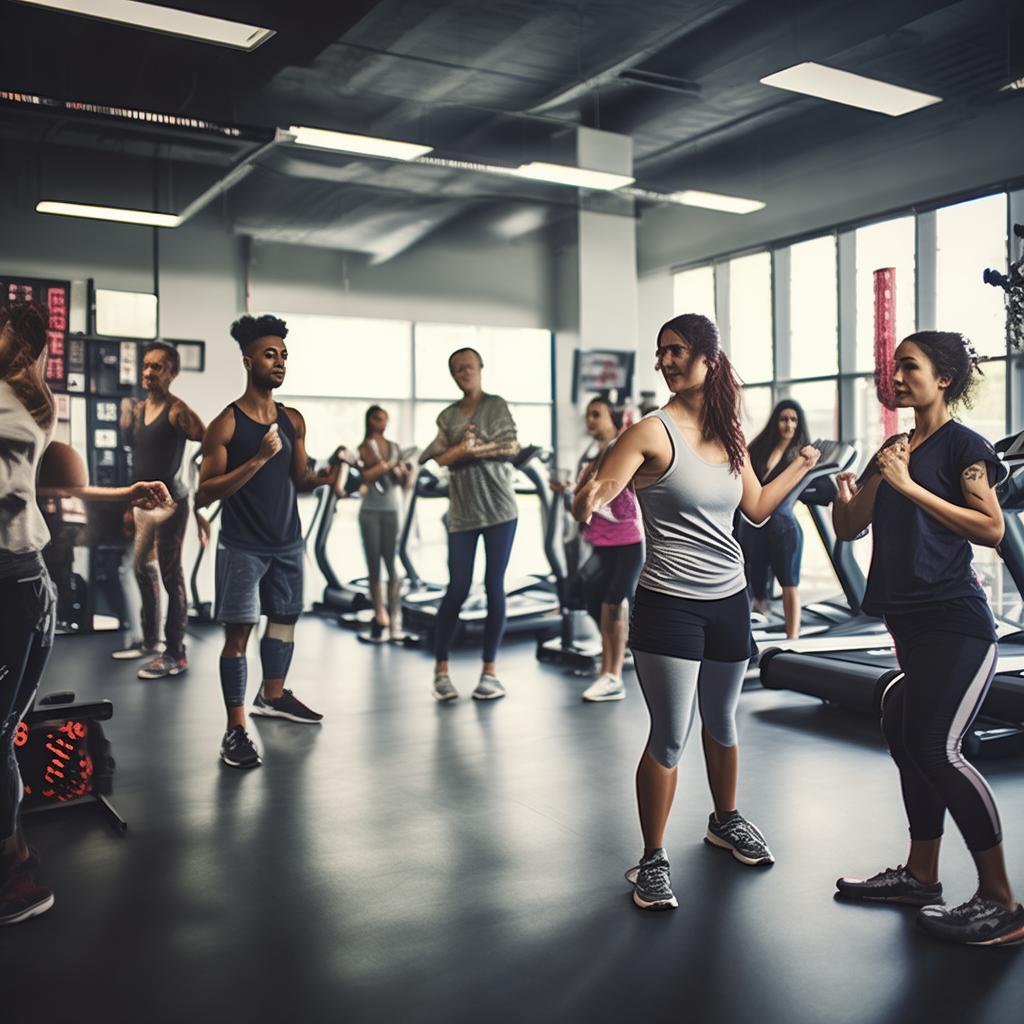The Significance of Shoulder Training
If you were to prioritize your chest, shoulders, back, legs, and arms in your training routine, you might be surprised to find that the shoulders are often overlooked despite their crucial role. In fact, a healthy, flexible, and stable shoulder is the cornerstone of all training. All exercises require core stability, and since no movement can be done without using the hands, the shoulders play a fundamental part. The heavier the weight you handle in training, the higher the demands on shoulder flexibility and stability. If you find yourself constantly struggling with a certain weight, it’s a sign that your shoulders need more strengthening.
Understanding Shoulder Muscles
Simply put, the shoulder is composed of two groups of muscles: the intrinsic and extrinsic muscles. The intrinsic muscles originate from the scapula or clavicle and attach to the humerus, while the extrinsic muscles start from the trunk and attach to the shoulder.
Extrinsic Muscles
1. The trapezius: This triangular – shaped muscle runs down the spine and across the scapula, providing support to the arm and shoulder.
2. Latissimus dorsi: One of the largest back muscles, partially covered by the trapezius, often called the “Lats”, and important for weight – related control.
3. Scapulae: Located on the side and back of the neck, its main function is to lift the scapulae connecting the arms to the clavicle.
4. Rhomboids: Situated at the top of the back and in the middle of the scapula, they pull the scapulae together when contracted.
Intrinsic Muscles
1. Deltoid muscle: Composed of three muscle fibers (anterior, lateral, and posterior) connected by thick tendons in a V – shape, it is responsible for arm rotation and preventing dislocation.
2. The large circular muscle: Located under the upper arm, it supports the latissimus dorsi muscle.
3. Tendon sleeve: A group of muscles and tendons that keep the upper arm bone securely in place at the shoulder joint to avoid dislocation.
Recommended Shoulder – Targeting Movements
The following four movements are designed to work every muscle in the shoulder and build upper – body strength.
Seated Dumbbell Push – Ups
This is an isolated shoulder exercise. Thanks to the flexibility of dumbbells, it allows for lifting more weight. Sit on a bench, raise the dumbbells to the sides of your ears with your palms facing outwards. Push the dumbbells upwards and then return to the starting position to complete one rep. It is recommended to do four sets of 10 to 15 reps each.
Side Planks with Dumbbells
The key to this movement is to go slow. Stand straight and hold a dumbbell in each hand at your sides. Raise your arms simultaneously until they are in a straight line with your shoulders, then lower them back to the starting position. Aim for 4 sets of 10 to 15 reps each.
Dumbbell Front Planks
This is a great exercise for working the front triceps. Hold a barbell or dumbbell, stand straight with your palms facing backward. Lift the weight until your arms are in a straight line in front of your body and then return to the start. This movement typically requires a lighter weight and more reps, so do 4 sets of 10 to 15 reps each.
Reverse Flying Bird
This movement targets the anterior deltoids, rhomboids, and obliques, so expect a burning sensation in your muscles. Sit on a butterfly machine and extend your arms backward. Make sure to squeeze hard at the end of the movement and then slowly bring your arms back to the starting position. Do 4 sets of 10 to 15 reps each.
Strong shoulders offer more than just an improved appearance. They are crucial for breaking through training plateaus and reducing the risk of injuries. So, don’t hesitate any longer and get started on an intense shoulder – training regime.





